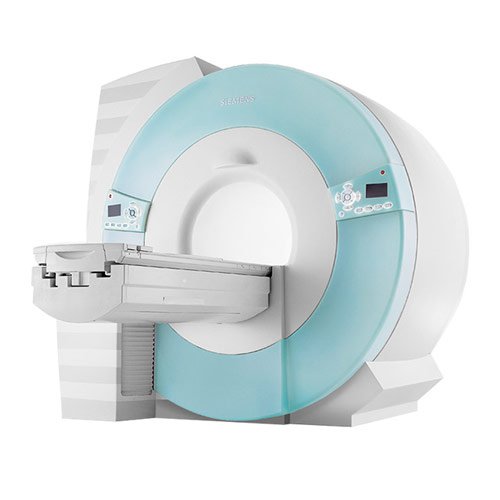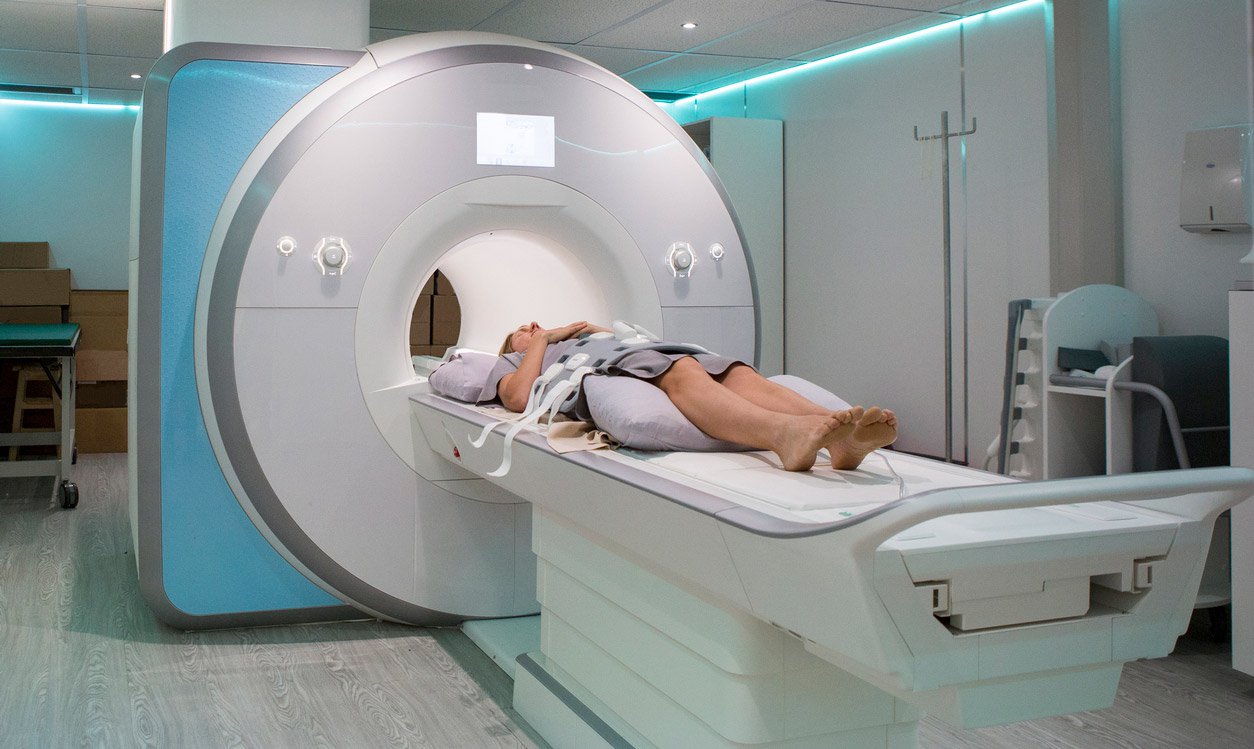Being able to answer patient questions is a critical but complicated requirement for any physician. Sometimes it’s incredibly difficult to give answers to questions that might seem basic, especially from someone who has cancer or another terminal illness. Or even from someone who is asymptomatic, but worried about a genetic trait that could result in cancer.
People would like to know things like:
- Is my treatment working?
- Do I have cancer?
- Is my cancer terminal?
- Will I make it to my (special event)?
- Will I develop cancer?
One important factor for answering those questions is the diagnostic and imaging equipment being used. Progress is being made within the field of imaging, which is good news for physicians and patients. Here, we’re looking at the role of whole-body MRI in answering those pressing questions:

Why MRI?
One of the primary reasons that MRI appeals to patients as an imaging option is that it avoids the radiation doses required for CT, X-Ray or PET imaging. Exposure to ionizing radiation does come with some level of risk, particular over a lifetime for younger patients.
MRI is highly effective for scanning single areas of the body, but can also be used to scan the whole body, providing imaging of any lesions, abnormalities or just general health.
For patients, the procedure is non-invasive, making it more comfortable than procedures where injection of radioactive materials is required. On the flipside, MRI might not be suited to anyone who is severely claustrophobic, although there are wide bore options (such as the Siemens Espree, available from DMS Health).
Importantly, MRI is capable of picking up abnormalities such as tumors at an early stage, improving the chances that patients can be successfully treated. Tumors with a diameter of less than 1cm may be picked up by MRI.
Results from whole-body MRI studies
Research into when and how whole-body MRI can be used is ongoing, but here are a few findings from recent studies:
Whole-body MRI for screening patients
By definition, screening is the systematic examination of the body to detect potential disease in someone who is asymptomatic. For example, someone might request whole-body MRI as part of regular health screening, along with blood tests and other screening methods. They might also want MRI as a surveillance tool for potential abnormalities if they have a family history of certain diseases. Screening and surveillance are separate categories from diagnostic imaging studies.
The key question for these patients is, am I healthy?
For clinicians, the question is, can whole-body MRI be used as an effective tool during screening or surveillance of patients?
Statistically speaking, only a low number of diseases will be found by screening people who are not exhibiting any symptoms of disease. Testing must have high sensitivity to detect the small number of cases that will be present among asymptomatic patients, and must have high specificity to avoid false positives.
This is a key criticism of MRI as a screening tool. It has high sensitivity, but can have relatively low specificity. This means that in an otherwise perfectly healthy person, a whole-body MRI might show up areas inside the body that are similar to having moles on the skin on the outside.
Of course, no one knows if that “abnormality” is, in fact, cancerous until a biopsy is done of the suspect tissue. So, the patient will potentially be worried over the possibility of having cancer, undergo invasive testing as a next-step, then find that it was nothing after all. A review of literature on MRI among asymptomatic patients concluded that false positives are high.
Whole-body MRI for patients displaying symptoms
Studies into whole-body MRI for symptomatic patients paint a different picture than those for asymptomatic patients. More and more are coming out to show the effectiveness of whole-body MRI as a diagnostic tool.
Here are some examples:
1. Whole Body Diffusion Weighted Imaging in Oncological and Non-Oncological Patients – This study examined using WBDWI in patients with breast, prostate, gastro-intestinal, hematological and other cancers, as well as patients with autoimmune inflammatory and infectious diseases. (For example, spondyloarthritis and CRMO).
Their study concluded:
“WBDWI may play an important role in the near future for the detection of visceral and mostly bone metastases from many types of cancer. The method is also promising in the demonstration of a visual notion of the disease as a whole in some auto-immune and inflammatory illnesses, probably helping in the assessment of their severity.”
2. Using whole-body MRI to detect responsiveness to treatment. Whether or not the patient is responding to treatment is a key question for both patient and physician. Can whole-body MRI help with this?
There are studies to show that it can (at least under the circumstances that have been looked at to date). For example:
– Assessing bone metastasis and response to cancer treatment.
– Imaging biomarker for treatment response in newly diagnosed multiple myeloma
– Monitoring the effectiveness of the treatment of bone marrow diseases
– Staging and interim response monitoring in children and adolescents with Hodgkin’s lymphoma. (Note the conclusion: “WB-MRI has reasonable accuracy for nodal and extra-nodal staging but is discordant with standard imaging in a substantial minority of patients, and tends to underestimate disease response.”
3. MRI for diagnosis of inflammatory diseases. Whole-body MRI can help to diagnose diseases such as rheumatism, sclerosis, and other inflammatory diseases involving muscles or fascia.
4. Whole body MRI for imaging patients with known cancer. “Our study shows that WB-DWMRI is a more viable solution for imaging patients with known cancer. The many reasons for this are related to higher patient comfort scores, lower incremental cost-effectiveness ratios, and matching sensitivity and specificity for cancer detection.”
Answering Questions with Whole-Body MRI
Whole-body MRI has proven to be effective for answering key patient questions, especially among those with known disease. MRI can help to detect metastasis, early cancer, response to cancer treatment and inflammatory diseases.
On the other hand, as a screening or surveillance tool, while MRI is highly sensitive and may pick up abnormalities early, it also shows a high rate of false positives. These can lead to further, more invasive testing which will often prove that all is normal anyway, particularly in asymptomatic patients.
In either case, MRI can help to answer those critical questions, for otherwise healthy patients, it just may raise questions they didn’t know they had.
